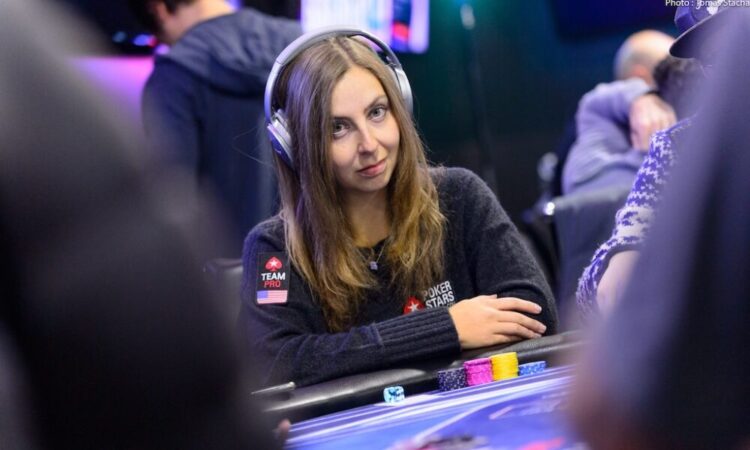
Staying unnoticed while using undetected cheats is more than just installing the right software; it’s about how you behave once you’re in the game. Many users tend to draw attention to themselves by making unrealistic plays or using tools too aggressively. These patterns are precisely what anti-cheat systems are trained to notice. To counter this, many rely on systems designed around stealth-core, which prioritize subtlety and mask unusual player activity. But even the best systems can’t compensate for reckless behavior. If you want to avoid detection, your choices during gameplay are just as critical as the tools you use.
- Play naturally to avoid suspicion
The first mistake many make when using undetected cheats is trying to do too much, too fast. Making every shot count or always being in the perfect position may seem rewarding in the short term, but it raises suspicion. Most experienced players understand that even top-tier competitors make mistakes and miss shots. Subtle play helps avoid drawing the wrong kind of attention. Make a point to mix in errors that mirror human inconsistency. You don’t have to play poorly but avoid robotic perfection. Let your gameplay have natural variation, just like it would if you weren’t using external tools.
- Adjust to the pacing of others
The tempo of your actions should fit the pace of the match and the skill level of other players. Moving too fast, reacting to the information you shouldn’t have, or rotating ahead of the play consistently flags your behaviour as unnatural.
- Try to follow team movement patterns instead of leading every encounter.
- Allow moments of hesitation or slower reaction speeds to mimic real-time decision-making.
- Don’t force aggressive engagements if the flow of the game doesn’t match that level of intensity.
This approach keeps your profile low and helps you blend in with other players more effectively.
- Be cautious with cheat configurations
One of the less-talked-about factors is how users configure their tools. Overpowered settings are easily detected by watchful opponents or AI behavior analysis. It’s better to use scaled-down options that enhance performance slightly without dominating every encounter. You should also frequently rotate settings. Sticking to one routine creates a behavioral fingerprint, which is flagged even if your tools are technically undetectable.
- Keep your kill-to-death ratio in check
An unnatural kill-to-death (K/D) ratio is one of the biggest giveaways. It raises a red flag if you’re averaging numbers far beyond the norm for your rank or experience. High K/D ratios over time become data points used in behavior models to determine who might be operating with an unfair advantage. To stay below that threshold:
- Let yourself lose duels you could easily win.
- Avoid high-kill streaks in every match.
- Balance performance between aggressive and passive rounds.
This not only preserves the appearance of fairness but also limits patterns that could tie your performance to external assistance.
- Avoid the spotlight
Streaming, recording, or talking openly about performance can expose you to unnecessary risk. Whether it’s a suspicious clip or chat logs referencing specific advantages, any traceable content can be used to initiate reviews of your activity. Instead, maintain a low profile. Don’t broadcast your matches or share performance screenshots too frequently. Most bans don’t come from real-time detection; they follow investigations prompted by suspicious public content.
Remaining hidden while using undetected cheats is less about the software and more about your discipline. Stealth-core may have a technical advantage by keeping your behaviour masked at a system level, but it can’t think for you in real-time situations. Your playstyle is what determines whether you’re truly flying under the radar.




